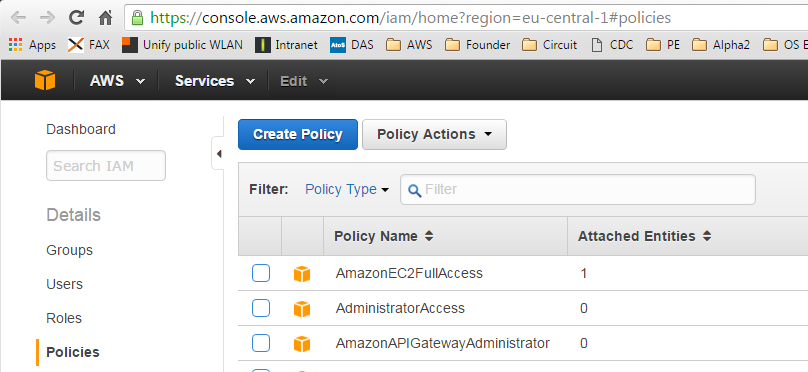
Submodule 'warden' (git:///cloudfoundry/warden.git) registered for path 'warden' Submodule 'uaa' () registered for path 'uaa' Submodule 'health_manager' () registered for path 'health_manager'

Submodule 'gorouter' () registered for path 'gorouter' Submodule 'dea_ng' () registered for path 'dea_ng' Submodule 'cloud_controller_ng' () registered for path 'cloud_controller_ng'

(in /Users/phil/src/cfv2/cf-vagrant-installer) The output of this rake command will look something like this:
Vagrant aws download#
Next, make sure we are in the cf-vagrant-installer (which we cloned above) directory and run the rake command to download all the Cloud Foundry components.
Vagrant aws install#
$ vagrant plugin install vagrant-berkshelf Installation of these plug-ins could not be simpler: The Vagrant plug-ins required (if they have not changed) were vagrant-berkshelf, which adds Berkshelf integration to the Chef provisioners, vagrant-omnibus, which ensures the desired version of Chef is installed via the platform-specific Omnibus packages, and vagrant-aws, which adds an AWS provider to Vagrant, allowing Vagrant to control and provision machines in EC2. dmg for my Mac, which was pretty straightforward. If you do not have Vagrant installed, you can install it from. You start by git-cloning the cf-vagrant-installer repository from GitHub.Īs you will see in the README.md, there are a few vagrant dependencies, the first of which is Vagrant itself. We found with BOSH we needed 14 instances to get up and running and it took much longer. The official way is via BOSH, but we have created a method which makes it much easier to spin up a single instance of Cloud Foundry v2 on Amazon EC2. The easiest way to deploy Cloud Foundry version 2 (a.k.a “ng” or “next generation”) seems to be via Vagrant. These notes are based on my colleague’s instructions, who is in the process of giving Cloud Foundry v2’s tires a good kicking. In this post, I’m going to quickly run through how I got up and running with Cloud Foundry v2.

Vagrant aws full#
Read the full article “How to Deploy Cloud Foundry v2 to AWS via Vagrant” to learn the details. Don’t skip the comments made by our Argentinian team, in which we suggest the ways of automating some installation tasks. This blog post found on the ActiveState blog adds some more details to the subject. Although BOSH is suggested as the official method of setting up a system, the way described in the article is easier and faster.
Vagrant aws how to#
If you are spinning up a machine for the first time on EC2, remember to create a Security Group that allow ssh both in and out, and add port 80 for web traffic as well.Recently, we published an article on the Cloud Foundry blog in which we explained how to install Cloud Foundry with Vagrant. Now you can both have your VirtuelBox running and spin another box identical up on Amazon EC2. Then inside that block you can add your aws provider details, then it would look something like this: config.vm.define "aws", autostart: false do |aws_vm|Īws_vm.vm.provider :aws do |aws, override| Next you can add the dummy image so it do not tries to start your machine on aws. Now, this machine will not get started when you do vagrant up, but will get started when you do vagrant up aws.

config.vm.define "aws", autostart: false do |aws_vm| The tricks is to create another machine, but to set it to not start up with your default machine. Until then, please destroy the existing machine to up with a new A future version will remove this limitation. VagrantĬurrently allows each machine to be brought up with only a single If you are trying to use another provider with your current vagrant machine, you will likely get this error:Īn active machine was found with a different provider.


 0 kommentar(er)
0 kommentar(er)
